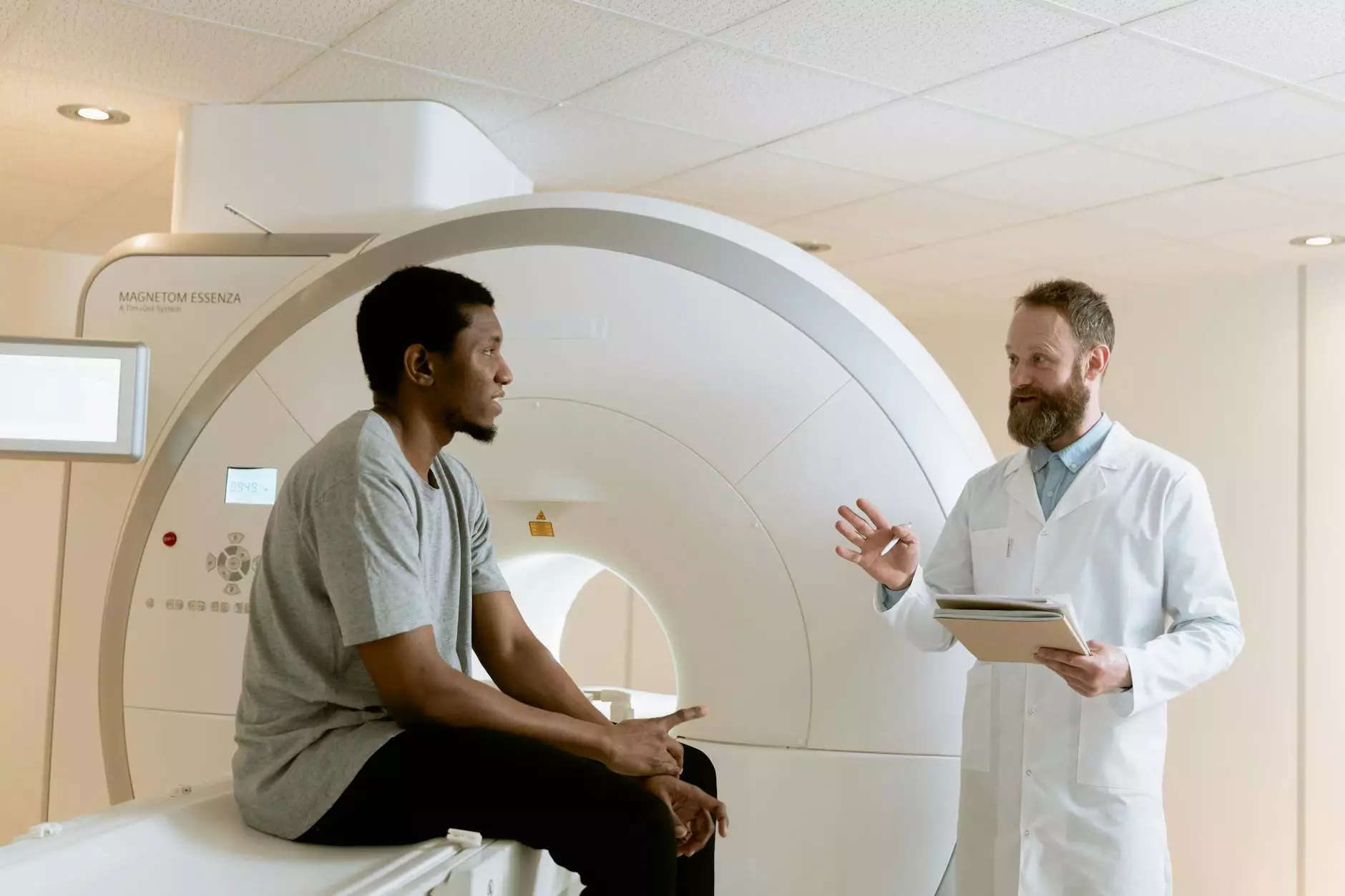Understanding Tenosynovitis: Its Meaning and Impact on Health

Tenosynovitis is a medical condition that involves the inflammation of the synovial membrane, which surrounds the tendon. This inflammation can lead to significant discomfort and can affect an individual's ability to perform everyday tasks. This article aims to provide a comprehensive understanding of the meaning of tenosynovitis, its symptoms, potential causes, and available treatment options, specifically within the context of health and medical care, education, and chiropractic practices.
What is the Meaning of Tenosynovitis?
The term tenosynovitis derives from two parts: 'teno' referring to tendons, and 'synovitis', meaning inflammation of the synovial membrane. Therefore, tenosynovitis can be defined as a condition characterized by the inflammation of the synovial sheath surrounding the tendon. This often results in pain, swelling, and limited range of motion in the affected area.
Understanding the Anatomy Involved
To grasp the implications of tenosynovitis, it is crucial to understand the anatomy involved:
- Tendons: These are tough, fibrous tissues connecting muscles to bones.
- Synovial Sheath: This is a protective sheath filled with synovial fluid that surrounds certain tendons, facilitating smooth movements and reducing friction.
- Synovial Fluid: A viscous fluid that lubricates the joints and tendons, enhancing their mobility.
Causes of Tenosynovitis
There are several potential causes of tenosynovitis:
- Overuse: Repetitive motions or overexertion can cause strain on the tendons and the corresponding synovial sheath.
- Tendon Injury: Acute injuries, such as sprains or tears, can trigger inflammatory responses.
- Infection: Bacterial infections can lead to a condition known as infectious tenosynovitis, which requires immediate medical attention.
- Health Conditions: Certain diseases such as rheumatoid arthritis, diabetes, or gout are linked to an increased risk of developing tenosynovitis.
Symptoms of Tenosynovitis
The symptoms associated with tenosynovitis can vary based on the severity of the condition. Common symptoms include:
- Pain: This may be localized around the affected tendon and can worsen with movement.
- Swelling: There may be noticeable swelling over the affected area.
- Stiffness: Individuals might experience decreased flexibility or movement difficulties.
- Warmth and Redness: The area may feel warm to the touch or appear red and inflamed.
Diagnosis of Tenosynovitis
Diagnosing tenosynovitis involves a thorough examination by a healthcare professional. The process typically includes:
- Medical History Review: Understanding the patient’s history and any activities that may have contributed to the condition.
- Physical Examination: Checking for tenderness, swelling, or pain around the tendons.
- Imaging Tests: Techniques such as ultrasound or MRI may be used to visualize the extent of tendon and synovial sheath inflammation.
Treatment Options for Tenosynovitis
Treatments for tenosynovitis vary depending on the underlying cause and severity of symptoms. The most common approaches include:
- Rest: Allowing time for the affected tendon to heal is crucial.
- Ice Therapy: Applying ice can help reduce inflammation and swelling.
- Physical Therapy: Engaging in physical therapy may enhance recovery through targeted exercises and stretches.
- Medications: Nonsteroidal anti-inflammatory drugs (NSAIDs) can alleviate pain and inflammation.
- Surgery: In severe cases, surgical intervention may be necessary to relieve pressure or remove swollen tissue.
The Role of Chiropractors in Treating Tenosynovitis
Chiropractors can play a pivotal role in treating tenosynovitis. They focus on the musculoskeletal system, using techniques that may help alleviate pain and improve function:
- Adjustments: Chiropractic adjustments may help restore proper alignment and joint function.
- Soft Tissue Therapy: Techniques like massage can improve circulation and reduce muscle tension around the affected tendon.
- Exercise Recommendations: Chiropractors can provide individualized exercise plans to strengthen muscles supporting the injured tendon.
Preventing Tenosynovitis
While not all cases of tenosynovitis can be prevented, there are several strategies individuals can employ to reduce their risk:
- Proper Ergonomics: Ensure proper posture and ergonomically sound work environments can help minimize strain on tendons.
- Warm-up Exercises: Engage in warm-up routines before physical activities to prepare the body.
- Take Breaks: Regular breaks during repetitive activities can reduce overuse injuries.
- Strengthening Exercises: Incorporating strength training can help support muscles and tendons, making them less susceptible to injury.
Conclusion
In summary, understanding the meaning of tenosynovitis is essential for recognizing its symptoms and seeking appropriate treatment. This condition can significantly impact an individual's quality of life, making it critical for healthcare providers, including chiropractors, to offer comprehensive care. By prioritizing prevention strategies and seeking timely interventions, individuals can support their overall health and maintain functional independence.
For more information on healthcare options related to tenosynovitis or other medical concerns, please visit iaom-us.com.
tenosynovitis meaning








